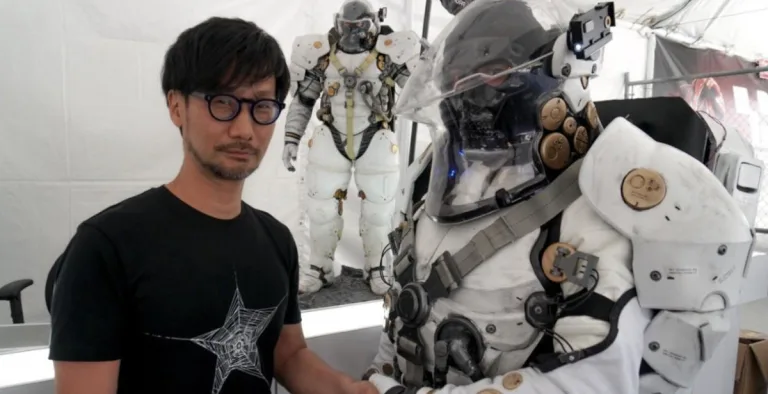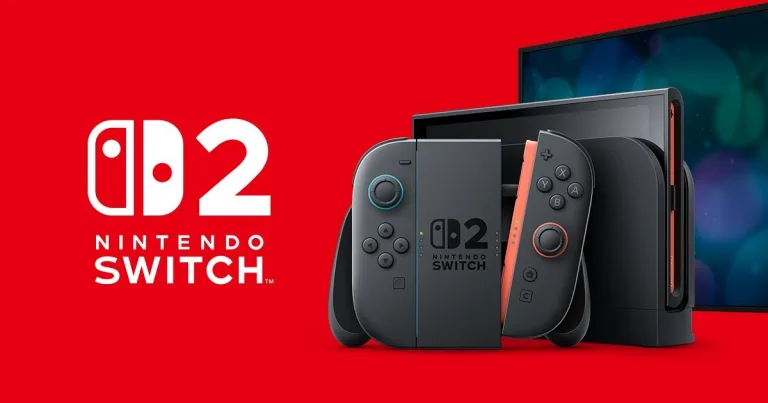The legendary auteur behind Metal Gear Solid and Death Stranding has set his sights beyond Earth’s horizon....
Day: July 1, 2025
After eight years since the launch of the original Nintendo Switch, we finally have its long-awaited successor:...



